In the world of graphics processing units (GPUs), memory clock speeds are a crucial factor in determining overall performance. However, GPUs are not static; they often experience fluctuations in their memory clock speeds based on workload, thermal conditions, and power management. This article explores what it means when a GPU Memory Clock Jumping Between 5002 MHz and 800 MHz, delving into the reasons behind these changes, their impact on performance, and how to manage these fluctuations effectively.
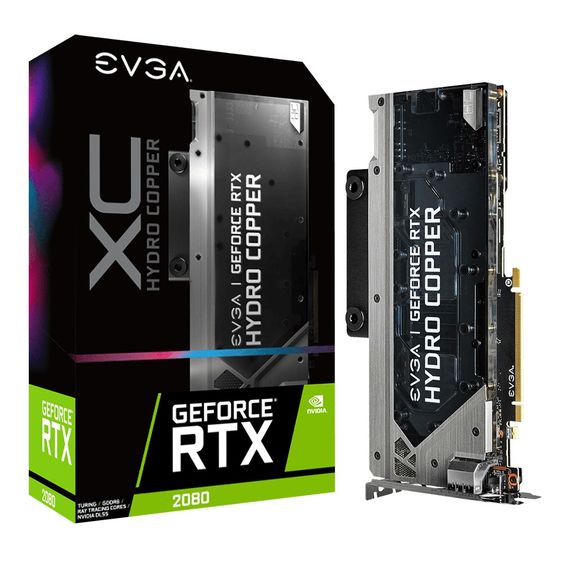
Table of Contents
1. Introduction to GPU Memory Clocks
1.1 What is a GPU Memory Clock?
The GPU memory clock, also known as VRAM clock speed, refers to the rate at which the memory on a graphics card operates. It is measured in megahertz (MHz) and affects how quickly data can be read from or written to the GPU’s memory. This clock speed is crucial for handling high-resolution textures, complex graphics, and demanding applications.
1.2 Importance of GPU Memory Clock Jumping Between 5002 MHz and 800
Memory clock speed impacts several aspects of GPU performance:
- Data Transfer Rate: Faster memory speeds enable quicker data transfer between the GPU and its memory, enhancing performance.
- Bandwidth: Higher clock speeds increase bandwidth, allowing the GPU to handle larger datasets more effectively.
- Rendering Efficiency: High memory speeds contribute to better rendering of complex scenes and smoother gameplay.
2. Understanding GPU Clock Speed Fluctuations
2.1 Why Do GPU Memory Clocks Vary?
GPU memory clocks often fluctuate due to several factors:
- Power Management: Modern GPUs use dynamic power management to adjust clock speeds based on current workload and power consumption.
- Thermal Throttling: To prevent overheating, GPUs may lower memory clock speeds when temperatures rise beyond optimal levels.
- Load Variations: During periods of low demand or idling, the GPU may lower memory clock speeds to save power.
2.2 Common Clock Speed Ranges
GPUs can have a wide range of memory clock speeds:
- Base Clock: The default clock speed at which the GPU memory operates under standard conditions.
- Boost Clock: The higher clock speed the GPU can achieve under load conditions, often significantly above the base clock.
3. Impact of Memory Clock Fluctuations
3.1 Performance Implications
When a GPU’s memory clock fluctuates between 5002 MHz and 800 MHz, it can affect performance:
- High Clock Speed (5002 MHz): At this speed, the GPU can handle demanding tasks such as high-resolution gaming or complex rendering more effectively.
- Low Clock Speed (800 MHz): During periods of low demand or thermal throttling, the GPU operates at a lower clock speed, which may reduce performance but conserves power and manages heat.
3.2 Gaming Performance
In gaming scenarios:
- High Performance: The GPU achieves optimal performance and frame rates when operating at higher memory clock speeds.
- Reduced Performance: When the clock speed drops to lower levels, gamers may experience reduced frame rates and lower graphical fidelity.
3.3 Professional Applications
For professional applications:
- Enhanced Processing: High memory clock speeds facilitate faster processing of large files and complex tasks.
- Performance Fluctuations: Lower clock speeds during thermal throttling or low workload periods may impact productivity and processing times.
4. Causes of Memory Clock Speed Variability
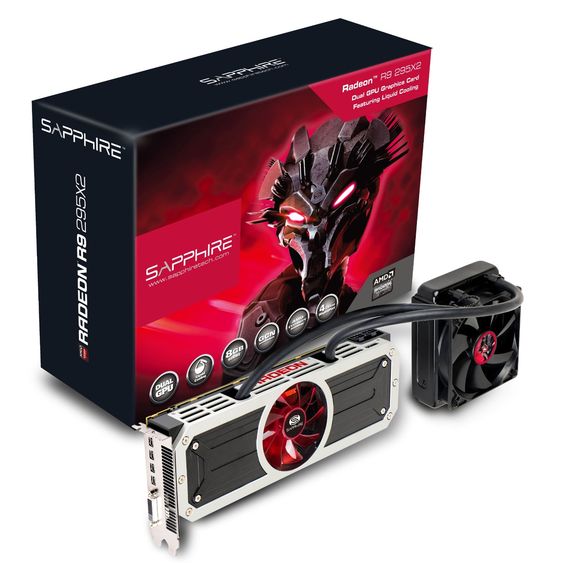
4.1 Power Management
GPUs use dynamic power management to:
- Adjust Clock Speeds: Optimize performance and power consumption based on current demands.
- Save Energy: Lower memory clock speeds during idle or low-load periods to conserve power.
4.2 Thermal Throttling
Thermal throttling is a mechanism used to:
- Prevent Overheating: Reduce clock speeds when the GPU temperature exceeds safe levels.
- Maintain Stability: Ensure reliable operation by managing heat generation.
4.3 Load Variations
Clock speed variations occur based on:
- Workload Demands: Higher clock speeds are utilized during intense workloads, while lower speeds are used during idle or light tasks.
- Application Requirements: Different applications may demand varying levels of memory performance.
5. Managing and Optimizing GPU Memory Clock Speeds
5.1 Monitoring Tools
To track and manage memory clock speeds:
- MSI Afterburner: A popular tool for monitoring and adjusting GPU settings, including memory clock speeds.
- GPU-Z: Provides detailed information on memory clock speeds, temperatures, and other GPU metrics.
- HWMonitor: Displays real-time data on GPU performance, including clock speeds and temperatures.
5.2 Cooling Solutions
Effective cooling solutions help manage thermal throttling:
- Air Cooling: Ensure adequate airflow within the PC case to dissipate heat.
- Liquid Cooling: Consider liquid cooling systems for enhanced thermal management.
- Regular Maintenance: Clean dust filters and ensure cooling fans are functioning properly.
5.3 Power Management Settings
Adjusting power management settings can improve performance:
- Performance Mode: Set your GPU to performance mode to prioritize higher clock speeds during demanding tasks.
- Balanced Mode: Use balanced mode for a balance between performance and power efficiency.
5.4 Overclocking
For users seeking higher performance:
- Safe Overclocking: Gradually increase clock speeds while monitoring stability and temperatures.
- Risk Management: Be aware of potential risks such as increased heat generation and power consumption.
6. Practical Examples and Case Studies
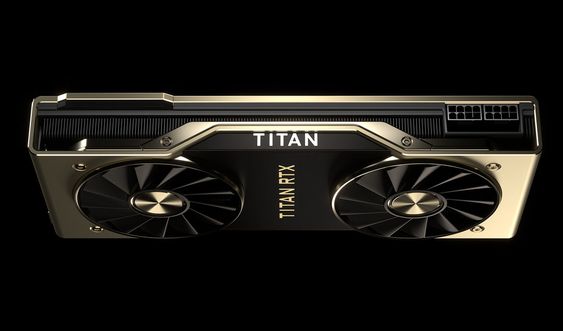
6.1 Gaming Performance
For gaming enthusiasts:
- Example Scenario: A GPU with memory clock speeds fluctuating between 5002 MHz and 800 MHz may provide excellent performance in high-demand games but may experience reduced performance during less demanding scenarios.
- Optimization Tips: Adjust game settings to match the GPU’s capabilities and ensure effective cooling.
6.2 Professional Use Cases
For professionals using GPUs for tasks like video editing or 3D rendering:
- Example Scenario: Memory clock speed fluctuations may impact rendering times and processing efficiency.
- Optimization Tips: Use high-performance settings and ensure adequate cooling to maintain optimal performance.
7. Troubleshooting Common Issues
7.1 Performance Drops
If you notice performance drops due to clock speed fluctuations:
- Check for Thermal Issues: Ensure that the GPU is not overheating and that cooling solutions are effective.
- Update Drivers: Ensure that GPU drivers are up-to-date to address potential performance issues.
7.2 Stability Problems
To address stability problems:
- Monitor Temperatures: Regularly check GPU temperatures to prevent overheating.
- Adjust Settings: Fine-tune clock speeds and power management settings to balance performance and stability.
7.3 Power Consumption Concerns
If power consumption is a concern:
- Optimize Power Settings: Adjust power management settings to balance performance and energy efficiency.
- Upgrade Power Supply: Ensure that your power supply unit (PSU) can handle the increased power demands if overclocking.
8. Future Trends and Developments
8.1 Advancements in GPU Technology
Future advancements may impact memory clock speeds and performance:
- Higher Clock Speeds: Emerging GPUs may offer even higher memory clock speeds for improved performance.
- Advanced Cooling Solutions: Innovations in cooling technology will help manage heat more effectively.
8.2 Evolving Power Management
Improvements in power management technology will continue to:
- Optimize Efficiency: Enhance the ability of GPUs to balance performance and power consumption.
- Reduce Variability: Minimize fluctuations in clock speeds for more consistent performance.
9. Conclusion
Understanding and managing GPU memory clock speed fluctuations is crucial for optimizing performance and stability. A GPU that experiences clock speeds ranging from 5002 MHz to 800 MHz may provide high performance under demanding conditions but could exhibit reduced performance during lower workload periods or due to thermal throttling. By using monitoring tools, adjusting settings, and maintaining effective cooling, users can ensure that their GPU operates efficiently and meets their performance needs.
Whether you’re a gamer seeking smooth gameplay or a professional working on demanding tasks, understanding and managing your GPU’s memory clock speed can help you achieve the best possible performance from your hardware. Stay informed about the latest advancements and trends to make the most of your GPU and keep your system running at its best.
Frequently Asked Questions About GPU Memory Clock Speed Fluctuations Between 5002 MHz and 800 MHz
1. Why does my GPU memory clock speed fluctuate between 5002 MHz and 800 MHz?
GPU memory clock speed fluctuations are common and occur due to several reasons:
- Power Management: GPUs adjust clock speeds dynamically based on workload to optimize power consumption.
- Thermal Throttling: To prevent overheating, the GPU may lower memory clock speeds when temperatures rise.
- Load Variations: The clock speed can decrease during periods of low demand or idling and increase under high-load conditions.
2. How does a memory clock speed of 5002 MHz compare to 800 MHz?
- 5002 MHz: Represents a high clock speed, offering optimal performance for demanding applications and high-resolution gaming.
- 800 MHz: Indicates a lower clock speed, often used during low-load conditions to save power and reduce heat generation.
3. What impact do these fluctuations have on gaming performance?
- High Clock Speed (5002 MHz): Provides better frame rates and higher graphical fidelity, making it suitable for demanding games.
- Low Clock Speed (800 MHz): May result in lower frame rates and reduced graphical quality, particularly in more demanding games.
4. Are these fluctuations normal for a GPU?
Yes, it is normal for GPUs to have fluctuating memory clock speeds. This variability helps manage power consumption, heat, and overall efficiency based on the current workload and thermal conditions.
5. How can I monitor my GPU memory clock speeds?
To monitor GPU memory clock speeds:
- MSI Afterburner: Offers real-time monitoring and adjustment of GPU settings.
- GPU-Z: Provides detailed information about memory clock speeds, temperatures, and other GPU metrics.
- HWMonitor: Displays real-time data on various GPU parameters, including clock speeds.
6. Can these fluctuations affect the stability of my GPU?
In general, the fluctuations between high and low memory clock speeds are designed to maintain stability and prevent overheating. However, if you experience instability, it could be due to other factors such as inadequate cooling or driver issues.
7. What should I do if my GPU performance drops due to low memory clock speeds?
- Check Cooling: Ensure that your GPU cooling system is functioning properly and that there is adequate airflow in your PC case.
- Adjust Settings: Optimize game and application settings to match the GPU’s capabilities.
- Update Drivers: Ensure that you have the latest GPU drivers installed for optimal performance.
8. How does thermal throttling affect memory clock speeds?
Thermal throttling reduces memory clock speeds to prevent the GPU from overheating. When the GPU temperature exceeds safe limits, the clock speeds drop to reduce heat generation and maintain system stability.
9. Can overclocking help if my GPU memory clock speed is too low?
Overclocking can increase the memory clock speed, potentially improving performance. However, it also introduces risks such as increased heat and power consumption. If you choose to overclock, do so carefully and monitor temperatures to avoid stability issues.
10. How can I optimize power management to balance performance and efficiency?
To optimize power management:
- Adjust Settings: Use performance or balanced power settings in your system’s control panel or GPU software.
- Upgrade Hardware: Ensure your power supply unit (PSU) can handle increased demands if you are overclocking or using high-performance components.
11. Are there any specific cooling solutions recommended for managing clock speed fluctuations?
Effective cooling solutions include:
- Air Cooling: Ensure good airflow within your PC case and clean dust filters regularly.
- Liquid Cooling: Consider liquid cooling systems for enhanced thermal management.
- Additional Fans: Install extra fans to improve airflow and cooling efficiency.
12. What should I do if I experience significant performance drops during high-demand tasks?
- Check for Bottlenecks: Ensure that other system components, such as CPU or RAM, are not causing performance bottlenecks.
- Optimize Settings: Adjust game or application settings to better align with your GPU’s capabilities.
- Monitor Temperature: Keep an eye on GPU temperatures to prevent overheating and ensure effective cooling.
13. How can I prevent my GPU from overheating and experiencing thermal throttling?
- Ensure Proper Cooling: Use effective cooling solutions and maintain good airflow in your PC case.
- Clean Components: Regularly clean dust from cooling fans and heat sinks.
- Monitor Temperatures: Use software tools to monitor GPU temperatures and adjust settings as needed to avoid overheating.
14. What is the role of dynamic power management in GPU clock speed fluctuations?
Dynamic power management adjusts the GPU’s clock speeds based on workload and power consumption to optimize performance and energy efficiency. This helps balance high performance with power savings when the GPU is under low demand.
15. Can I expect these clock speed fluctuations in all types of GPUs?
Yes, most modern GPUs experience fluctuations in memory clock speeds due to dynamic power management and thermal throttling. However, the extent of these fluctuations can vary depending on the GPU model and manufacturer.
These FAQs provide insights into understanding and managing GPU memory clock speed fluctuations, helping users make informed decisions about optimizing their system for better performance and stability.

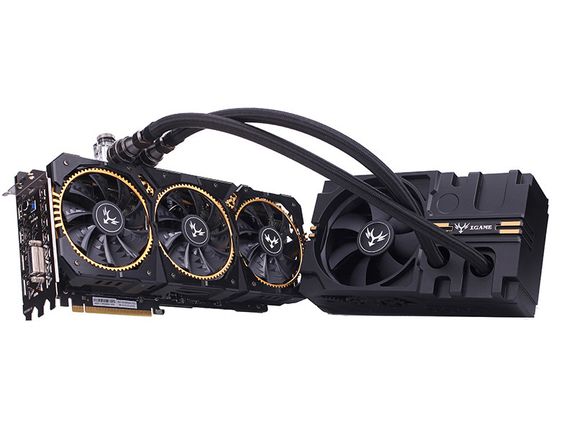


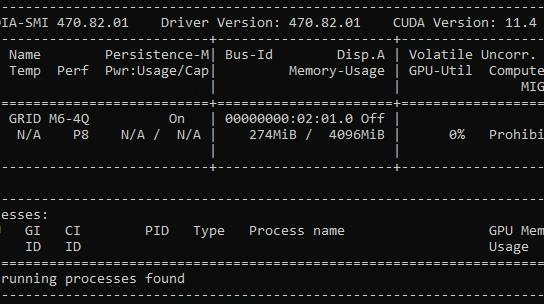
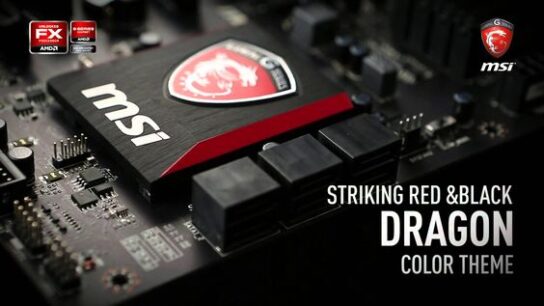
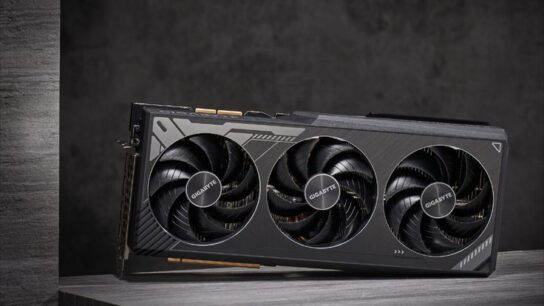

[…] power consumption, and overall system stability. This comprehensive guide delves into why GPU memory clocks randomly jump to their maximum speed, what this means for your system, and how to address it […]